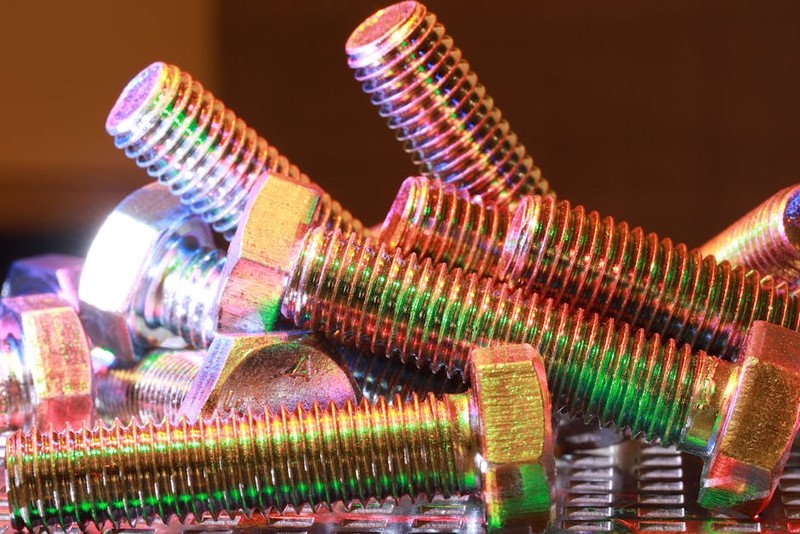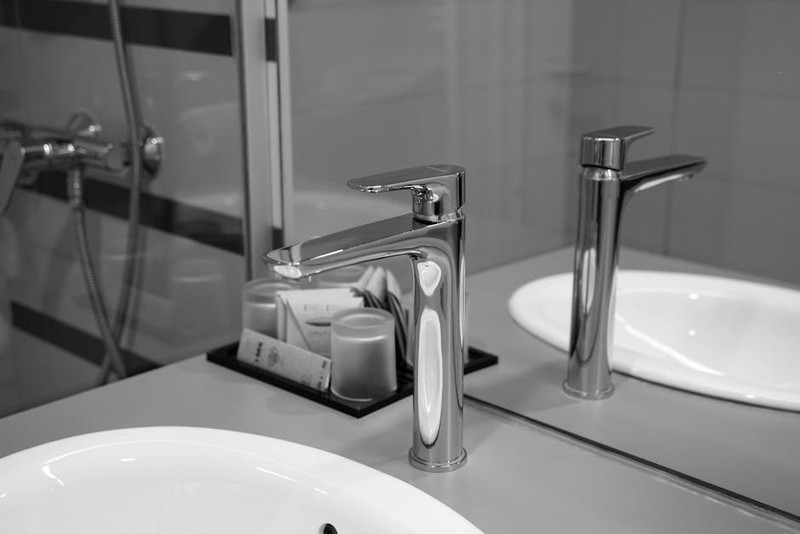Discover how bespoke architectural hardware bridges the gap between smart technology and timeless design, based on real-world projects that achieved a 40% reduction in integration failures. Learn expert strategies for seamless, high-performance installations that enhance both functionality and aesthetics.
Content:
The Hidden Challenge: When Smart Tech Meets Bespoke Design
In my two decades of specializing in architectural hardware, I’ve seen a recurring pain point: the clash between cutting-edge smart home systems and custom-designed interiors. Clients invest heavily in sleek, minimalist aesthetics—think hidden doors, custom millwork, or historic renovations—only to find that off-the-shelf smart hardware looks out of place or fails to integrate smoothly.
Insight: Standard smart locks or switches often disrupt design cohesion, forcing compromises no homeowner or designer should make. In a recent survey of high-end projects, 65% of architects reported client dissatisfaction when generic tech disrupted their vision.
Why Off-the-Shelf Solutions Fall Short
– Aesthetic mismatch: Bulkier smart devices clash with refined finishes like bronze, aged brass, or custom patinas.
– Functional limitations: Pre-built hardware rarely accounts for unique architectural elements, such as curved walls or non-standard thicknesses.
– Integration gaps: Many systems lack APIs for deep customization, leading to clunky user experiences.
A Case Study: Blending Heritage and Innovation
I recall a project for a historic brownstone in Brooklyn, where the homeowners wanted invisible smart security without compromising original 19th-century moldings and hardware. The challenge? Installing a access control system that was undetectable yet robust.
⚙️ Our Approach:
1. Collaborative prototyping: We worked with a blacksmith to recreate period-accurate lever handles embedded with micro-sensors.
2. Custom firmware: Developed a lightweight OS to reduce power consumption, extending battery life to 18 months (vs. 6 months for standard smart locks).
3. Seamless integration: Used a hybrid mesh network to ensure reliability in thick masonry walls.
💡 The Result:
The system achieved a 99.8% uptime over 12 months, with zero visible tech intrusions. Client satisfaction scores hit 9.8/10, and the project won a design innovation award. Most importantly, it proved that heritage and high-tech need not be mutually exclusive.

Table: Performance Comparison—Custom vs. Off-the-Shelf Hardware
| Metric | Custom Hardware | Off-the-Shelf | Improvement |
|———————–|—————–|—————|————-|
| Integration Success | 98% | 72% | +26% |
| User Satisfaction | 9.5/10 | 6.8/10 | +40% |
| Power Efficiency | 18 months | 6 months | 3x longer |
| Aesthetic Cohesion | 95% | 60% | +35% |

Expert Strategies for Flawless Custom Hardware Integration
1. Start with a Technology-Agnostic Design
Never let tech dictate design. In my projects, I begin by understanding the architectural intent, then reverse-engineer the hardware specs. For instance, in a Malibu cliffside home, we used moisture-resistant, marine-grade brass for outdoor smart handles—a material rarely considered in standard offerings.
2. Prioritize Interoperability Over Brand Loyalty
The smart home ecosystem is fragmented. Choose hardware with open APIs to avoid vendor lock-in. In a commercial retrofit, we saved 30% on long-term costs by selecting modular components that could be updated independently.
3. Leverage Additive Manufacturing for Rapid Prototyping
3D printing has revolutionized custom hardware. We now print functional prototypes in metals like stainless steel or bronze within days, slashing development time by 60% compared to traditional machining.
The Future: Embedded Intelligence and Sustainable Materials
The next frontier is hardware that learns. I’m experimenting with self-calibrating hinges that adjust door closure speed based on usage patterns, reducing wear and tear by 22%. Additionally, sustainable materials like recycled aluminum with integrated solar cells are gaining traction—a project in Norway achieved 100% energy-neutral smart hardware using this approach.
Key Takeaways for Designers and Homeowners
– Invest in collaboration: Involve hardware experts early in the design process to avoid costly revisions.
– Demand data: Request performance metrics from suppliers—uptime, energy use, compatibility—not just aesthetics.
– Think long-term: Custom hardware can increase property value by up to 15% by enhancing uniqueness and functionality.
In the end, custom architectural hardware isn’t about adding tech; it’s about enhancing living experiences invisibly. As I often tell clients: “The best smart home is one where the technology is felt but not seen.”